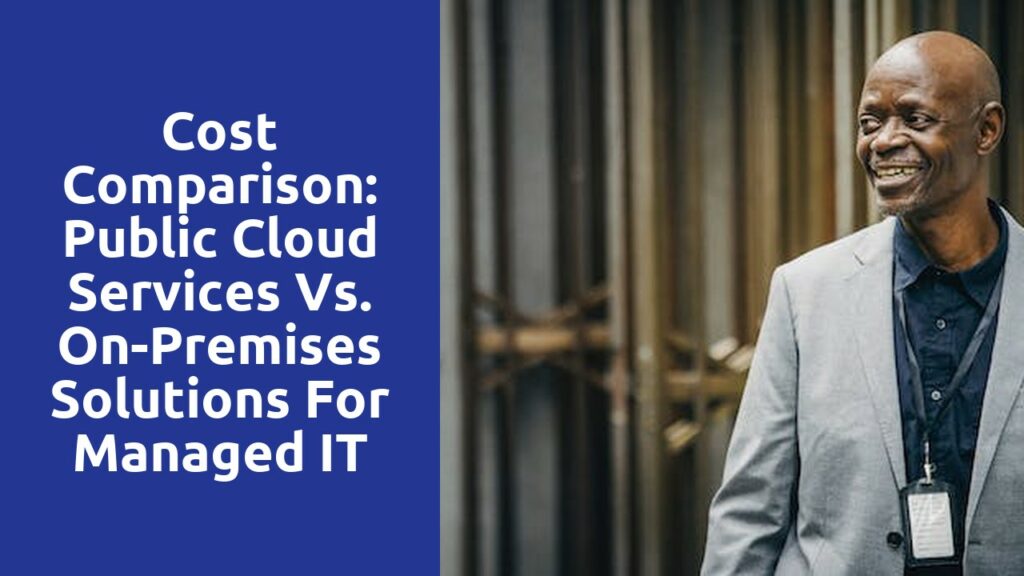Public Cloud Services: Understanding the Basics
Public cloud services have become increasingly popular in recent years, revolutionizing the way businesses and individuals approach data storage and IT resources. By harnessing the power of the internet, public cloud services allow users to access and utilize extensive computing power and storage capacity without the need for physical on-site infrastructure. This flexibility and scalability make public cloud services an attractive option for organizations of all sizes, enabling them to quickly and cost-effectively scale their operations to meet growing demands.
One of the key benefits of public cloud services is the elimination of the need for organizations to invest in and maintain their own hardware and software infrastructure. By utilizing the services of a third-party provider, businesses can offload the responsibility of managing data centers, servers, and storage systems, freeing up valuable resources and reducing overhead costs. Additionally, public cloud services offer a high level of accessibility, allowing users to access their data and applications from any location with an internet connection, further enhancing productivity and collaboration.
Scalability: Comparing the Flexibility of Public Cloud Services and On-Premises Solutions
Scalability is a crucial factor to consider when comparing the flexibility of public cloud services and on-premises solutions. Public cloud services offer immense scalability, allowing businesses to quickly and easily adjust their resources based on their needs. With just a few clicks, companies can increase or decrease their storage, computing power, and bandwidth, ensuring they only pay for what they use. This flexible scalability empowers organizations to rapidly respond to changes in demand, whether it’s in response to seasonal peaks, project-specific requirements, or unexpected surges in traffic.
On the other hand, on-premises solutions often require a more time-consuming and complex process to scale up or down. Companies may need to purchase additional hardware, install and configure it, and ensure that the existing infrastructure can handle the added resources. This can be a cumbersome and costly endeavor, particularly for smaller businesses with limited budgets and resources. However, some enterprises prefer on-premises solutions, especially those with strict security and compliance requirements, where control over data and infrastructure is prioritized over the quick and flexible scalability offered by public cloud services.
Related Links
Cost Comparison: Public Cloud Services vs. On-Premises Solutions for Managed IT Services
Choosing the Right Public Cloud Provider for Managed IT Services

